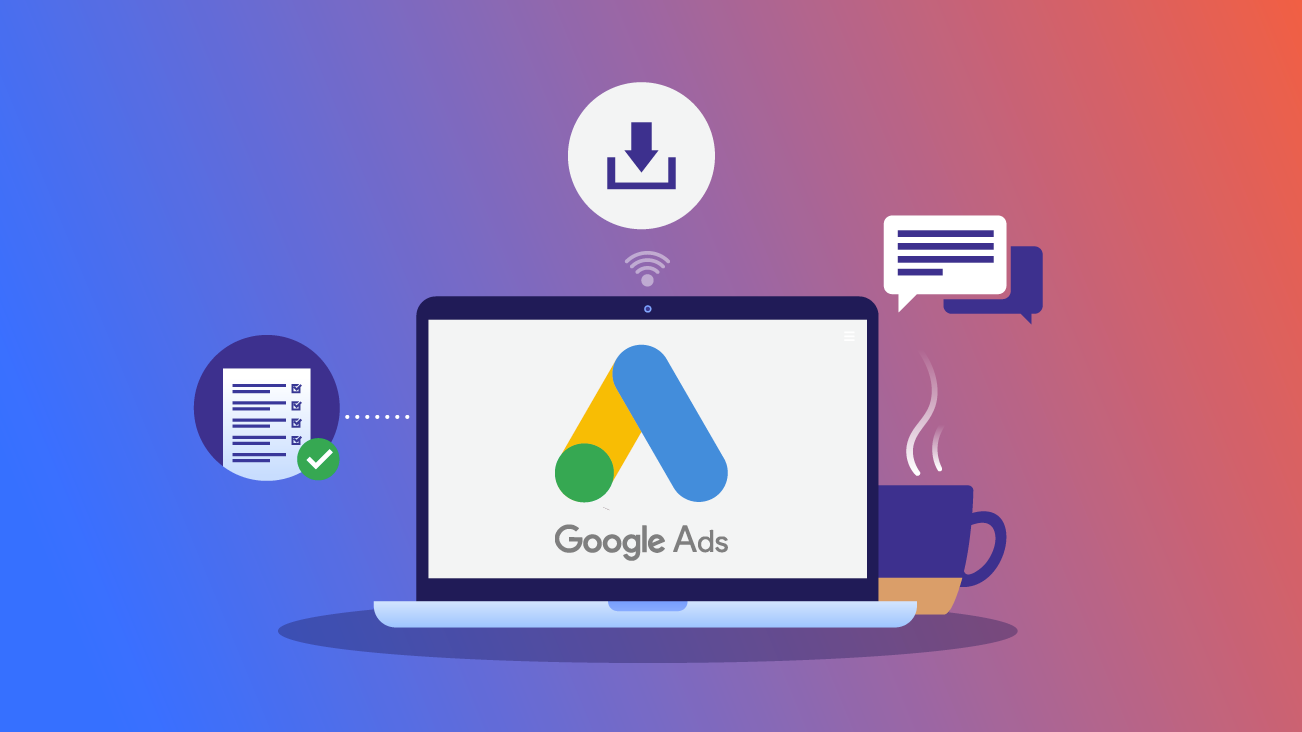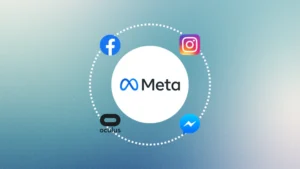Google Ads (formerly Google AdWords) is an online advertising platform developed by Google where businesses can display advertisements to web users across Google’s vast network. It’s a powerful tool for driving targeted traffic to websites, increasing brand visibility, generating leads, and ultimately, boosting sales.
Here’s a breakdown of what Google Ads is and how it works:
Core Concept: Pay-Per-Click (PPC)
The primary pricing model for Google Ads is Pay-Per-Click (PPC). This means advertisers generally only pay when someone clicks on their ad. This makes it a highly cost-effective advertising method because you’re only paying for interested users who are taking action. Other pricing models, like Cost-Per-View (CPV) for video ads or Cost-Per-Thousand Impressions (CPM), also exist depending on the ad type.
How Google Ads Works (The Ad Auction):
When a user performs a search on Google or visits a website within the Google Display Network, an “ad auction” takes place in milliseconds. Several factors determine which ads are shown and in what position:
- Your Bid: This is the maximum amount you’re willing to pay for a click on your ad.
- Quality Score: This is a crucial factor. Google assigns a Quality Score (from 1-10) to your keywords, ads, and landing pages. It’s based on:
- Expected Click-Through Rate (CTR): How likely your ad is to be clicked when shown.
- Ad Relevance: How closely your ad matches the user’s search intent.
- Landing Page Experience: How relevant, useful, and user-friendly your landing page is. A higher Quality Score can lead to lower costs and better ad positions.
- Ad Rank: This is a score that determines your ad’s position. It’s calculated using your bid, Quality Score, the context of the search (e.g., location, device, time of day), and the impact of ad extensions.
- Ad Extensions: These are additional pieces of information (like phone numbers, site links, structured snippets) that can be added to your ad to make it more useful and prominent. They can improve your Ad Rank.
Where Google Ads Appear (Google’s Networks):
Google Ads allows you to place ads across various parts of Google’s network:
- Google Search Network: These are typically text-based ads that appear at the top and bottom of Google search results pages (SERPs) when people search for specific keywords. They are marked as “Sponsored” or “Ad.” This is often where businesses capture high-intent users actively searching for products or services.
- Google Display Network (GDN): This network consists of millions of websites, apps, and YouTube channels that partner with Google to show ads. Display ads are often visual (image-based, video, or rich media) and are targeted based on user interests, demographics, Browse behavior, or the content of the website they are viewing. They are great for brand awareness and remarketing.
- YouTube: Video ads appear before, during, or after videos on YouTube.
- Google Shopping: For e-commerce businesses, Shopping Ads (Product Listing Ads) display product images, prices, store names, and other details directly in search results when users search for specific products.
- Google Play: Ads can appear within the Google Play Store to promote mobile apps.
- Gmail: Ads can appear in users’ Gmail inboxes.
- Google Discover: Visually engaging ads can appear in the personalized Google Discover feed on mobile devices.
Types of Google Ads Campaigns:
Google Ads offers various campaign types to suit different marketing goals:
- Search Campaigns: Primarily text ads on the Google Search Network, targeting specific keywords.
- Display Campaigns: Visual ads shown across the Google Display Network for brand awareness and remarketing.
- Shopping Campaigns: Product-focused ads for e-commerce, displaying product images and prices.
- Video Campaigns: Video ads on YouTube and Google video partners.
- App Campaigns: Designed to drive app installs and engagement across Google’s network.
- Performance Max Campaigns: A goal-based campaign type that uses Google’s AI to optimize performance across all Google Ads channels (Search, Display, YouTube, Discover, Gmail) to achieve specific conversion goals.
- Local Campaigns: Designed to drive visits to physical store locations.
- Smart Campaigns: Simplified campaigns for small businesses with automated targeting and bidding.
Benefits of Using Google Ads:
- Immediate Visibility: Unlike SEO (which takes time), Google Ads can deliver instant visibility at the top of search results.
- Precise Targeting: You can target users based on keywords, demographics, location, interests, devices, and more.
- Flexible Budgeting: You have complete control over your budget, setting daily limits and maximum bids. You can pause or adjust campaigns at any time.
- Measurable Results: Google Ads provides detailed reporting and analytics, allowing you to track impressions, clicks, conversions, costs, and ROI.
- Retargeting (Remarketing): You can target users who have previously visited your website, showing them tailored ads to bring them back and encourage conversion.
- Brand Awareness: Even if users don’t click, seeing your ad repeatedly can increase brand recognition.
- Competitive Edge: You can compete directly with larger businesses by bidding on relevant keywords.
In essence, Google Ads provides a powerful, flexible, and measurable way for businesses to reach their target audience online and achieve their marketing objectives.


